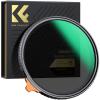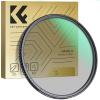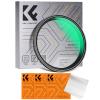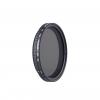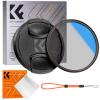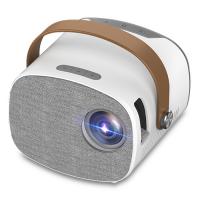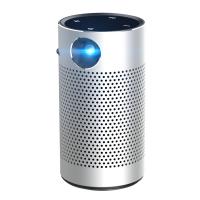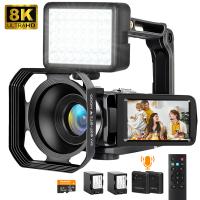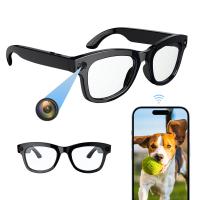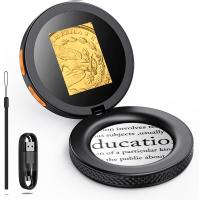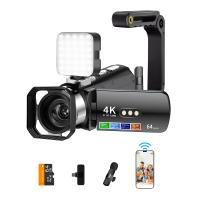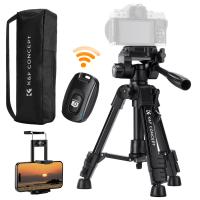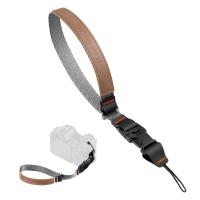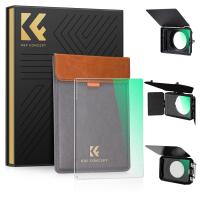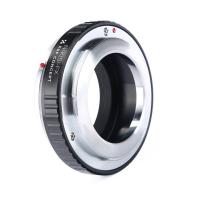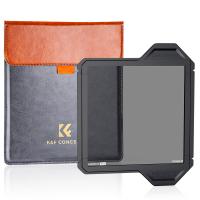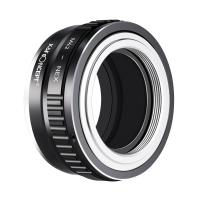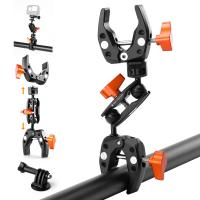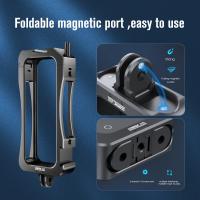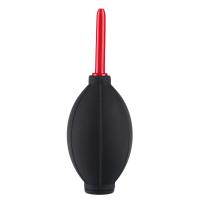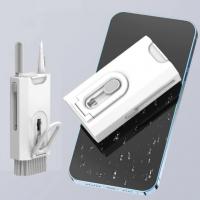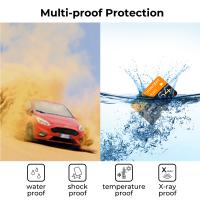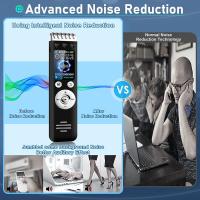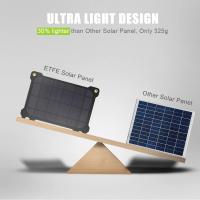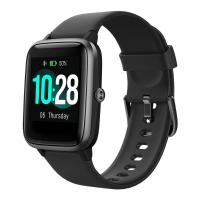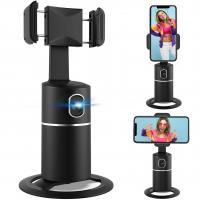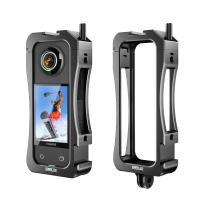How To Connect Projector?
Connecting a projector to your device can seem daunting, but with the right guidance, it becomes a straightforward process. Whether you're setting up for a business presentation, a classroom lecture, or a home theater experience, understanding the steps and requirements is crucial. This article will walk you through the various methods and considerations for connecting a projector, ensuring a seamless and efficient setup.
Understanding Your Projector and Device
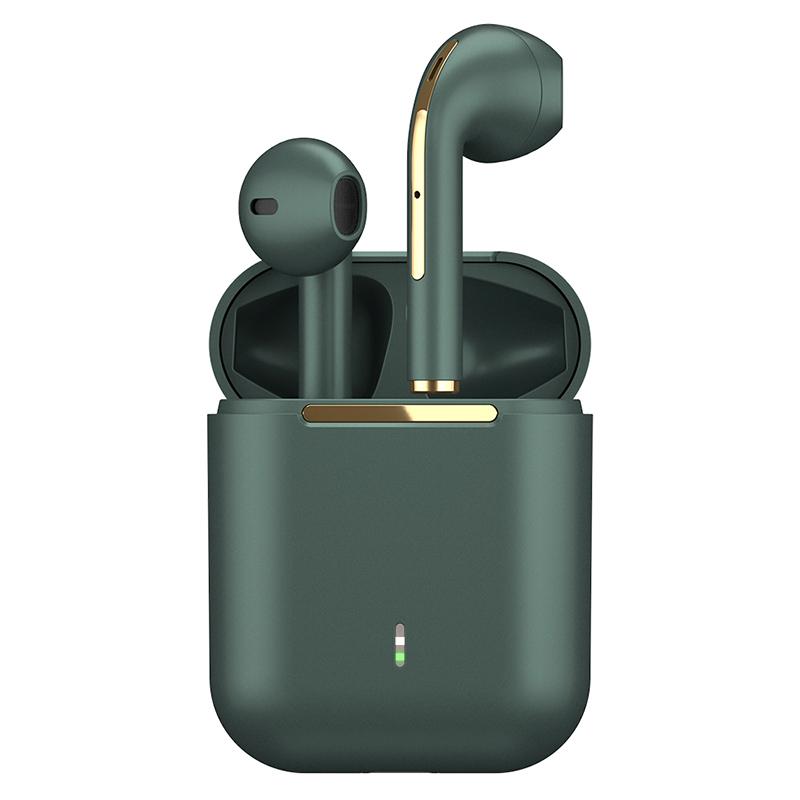
Before diving into the connection process, it's essential to understand the types of projectors and devices you might be working with. Projectors can be broadly categorized into:
1. LCD Projectors: These use liquid crystal displays to project images.
2. DLP Projectors: These use digital light processing technology.
3. LED Projectors: These use light-emitting diodes for illumination.
Your device, on the other hand, could be a laptop, desktop, DVD player, gaming console, or even a smartphone. Each device may have different ports and connectivity options, so identifying these is the first step.
Common Connection Methods
1. HDMI (High-Definition Multimedia Interface)
HDMI is the most common and straightforward method for connecting modern devices to projectors. It supports both audio and video signals, making it a convenient choice.
Steps:
- Locate the HDMI port on your device and projector.
- Connect one end of the HDMI cable to your device and the other end to the projector.
- Turn on both the projector and the device.
- Select the HDMI input on the projector using the remote or onboard controls.
- Your device should automatically detect the projector and mirror the display.
2. VGA (Video Graphics Array)
VGA is an older standard but is still widely used, especially in educational and business environments. It only supports video signals, so a separate audio connection is needed.
Steps:
- Locate the VGA port on your device and projector.
- Connect one end of the VGA cable to your device and the other end to the projector.
- If audio is required, connect a 3.5mm audio cable from your device to the projector or external speakers.
- Turn on both the projector and the device.
- Select the VGA input on the projector.
- Your device should detect the projector and extend or mirror the display.
3. USB-C
Many modern laptops and smartphones come with USB-C ports, which can carry both video and audio signals.
Steps:
- Ensure your projector supports USB-C input or use a USB-C to HDMI adapter.
- Connect the USB-C cable from your device to the projector.
- Turn on both the projector and the device.
- Select the appropriate input on the projector.
- Your device should recognize the projector and display the output.
4. Wireless Connections
Wireless connections offer the convenience of not dealing with cables. Many projectors come with built-in Wi-Fi or Bluetooth capabilities.
Steps:
- Ensure both your device and projector are connected to the same Wi-Fi network.
- Use the projector's app or built-in wireless display feature to connect.
- On your device, go to the display settings and select the projector from the list of available devices.
- Follow the on-screen instructions to complete the connection.
Troubleshooting Common Issues
Even with the correct setup, you might encounter some issues. Here are common problems and their solutions:
1. No Signal Detected
- Ensure all cables are securely connected.
- Check that the correct input source is selected on the projector.
- Restart both the projector and the device.
2. Poor Image Quality
- Adjust the resolution settings on your device to match the projector's native resolution.
- Clean the projector lens.
- Ensure the projector is at the correct distance from the screen.
3. No Audio
- Check the audio settings on your device.
- Ensure the audio cable is connected if using VGA.
- Increase the volume on both the projector and the device.
Advanced Tips for Optimal Performance
1. Adjusting Display Settings
- For the best image quality, adjust the brightness, contrast, and color settings on the projector.
- Use the keystone correction feature to align the image properly if the projector is not perfectly perpendicular to the screen.
2. Using a Projector Screen
- While a blank wall can work in a pinch, a dedicated projector screen will provide better image quality and brightness.
3. Regular Maintenance
- Clean the projector's air filters regularly to prevent overheating.
- Replace the projector lamp as needed to maintain brightness.
Connecting a projector to your device doesn't have to be a complicated process. By understanding the types of connections available and following the steps outlined in this article, you can ensure a smooth and efficient setup. Whether you're using HDMI, VGA, USB-C, or a wireless connection, the key is to identify the ports on your device and projector and follow the appropriate steps. With a little preparation and troubleshooting, you'll be ready to deliver your presentation, enjoy a movie, or play a game on the big screen in no time.

